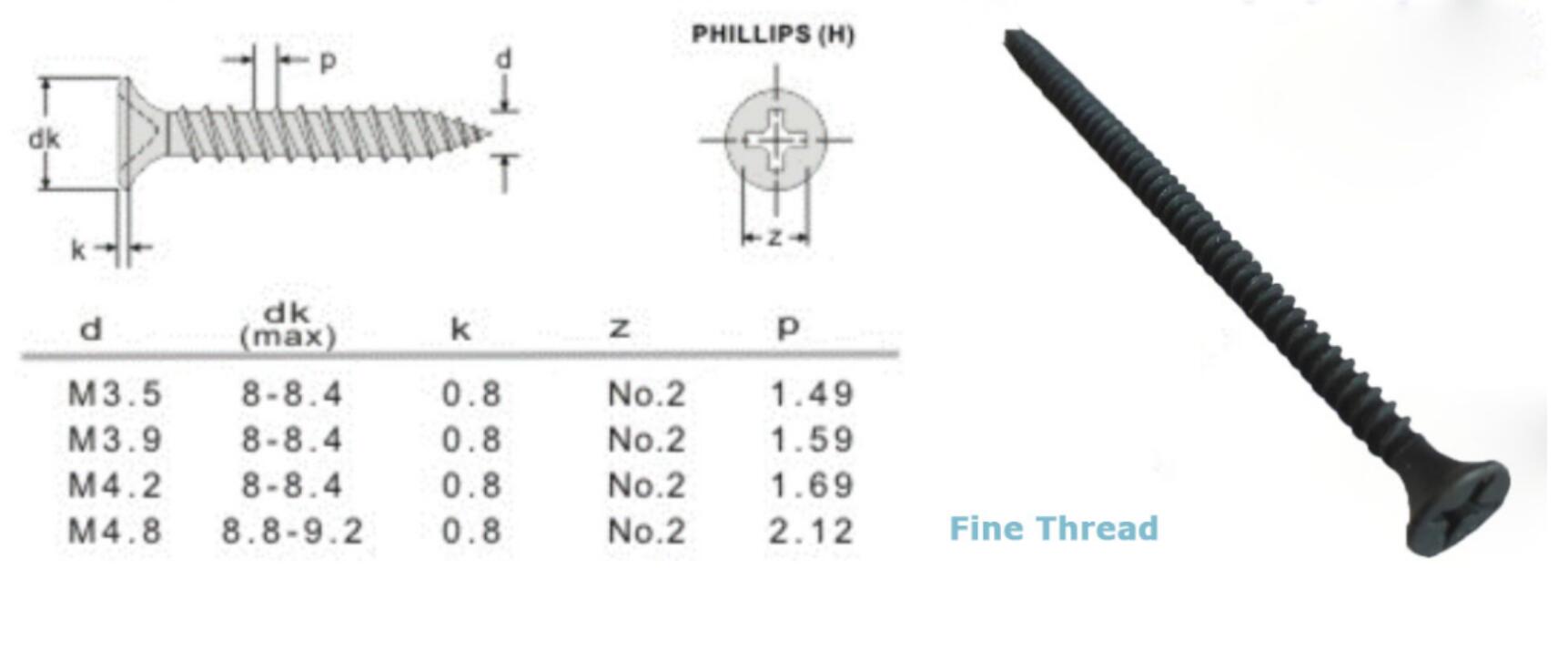Different Types of Spring Lock Washers and Their Export Opportunities in Global Markets
Understanding Spring Lock Washer Types and Their Exportation
Spring lock washers are critical components in various mechanical and structural applications, providing essential functions such as preventing loosening and distributing load. As global demand for reliable fastening solutions increases, the role of spring lock washer exporters becomes increasingly significant. This article delves into the types of spring lock washers available in the market and the nuances associated with their exportation.
Types of Spring Lock Washers
Spring lock washers come in various types, each designed for specific applications and performance requirements. Here are some of the most common types
1. Helical Spring Lock Washers These are perhaps the most widely used type of spring washers. They have a helical shape that allows them to compress and expand, effectively absorbing shock and vibration. This quality makes them ideal for applications where movement and vibration are prevalent.
2. Toothed Lock Washers Toothed lock washers feature serrated edges that grip the surface of the fastener and the material being fastened. This design helps prevent rotation and is particularly useful in heavy machinery and applications requiring high torque.
3. Wave Washers These washers consist of a wavy shape that provides spring action in multiple directions. They are often used in applications where space is constrained, and a compact design is necessary.
4. Belleville Washers Known for their conical shape, Belleville washers can withstand high loads while maintaining a spring action. They are particularly favored in high-temperature applications and are used in various automotive and aerospace components.
.
5. Flat Spring Washers Although not as commonly associated with locking properties, flat spring washers can provide some level of locking against loosening. They are often used where flat surfaces are a requirement, adding to their versatility.
spring lock washer types exporter

Importance of Quality and Standards
When exporting spring lock washers, quality standards play a crucial role. Most countries have specific regulations and standards that must be adhered to, such as ISO, ASTM, or SAE standards. Exporters must ensure that their products meet these benchmarks to facilitate smooth entry into foreign markets.
Quality control during the manufacturing process is essential to achieve the required specifications. This includes using high-grade materials, such as stainless steel or carbon steel, to enhance durability and corrosion resistance. Additionally, testing for tensile strength and elasticity can help assure customers of the product's performance.
Market Trends in Spring Lock Washer Exportation
The global market for spring lock washers has seen significant growth due to the demand from various end-user industries, including automotive, aerospace, construction, and electronics. As manufacturers develop more sophisticated equipment, the need for reliable fastening solutions becomes ever more critical.
Moreover, the trend towards automation and smart manufacturing is likely to impact the spring lock washer market. Automation can enhance the production process's efficiency, ensuring that exporters can provide large volumes of high-quality washers to meet domestic and international demands.
Conclusion
In conclusion, spring lock washers are essential components in various applications and industries. As the global market for these washers expands, understanding the different types and their respective functions is vital for both manufacturers and consumers. Exporters must prioritize adherence to quality standards and trends to navigate the competitive landscape effectively. As technology continues to evolve, so too will the role of spring lock washers in modern machinery, further solidifying their place in the industrial world.
-
Top Choices for Plasterboard FixingNewsDec.26,2024
-
The Versatility of Specialty WashersNewsDec.26,2024
-
Secure Your ProjectsNewsDec.26,2024
-
Essential Screws for Chipboard Flooring ProjectsNewsDec.26,2024
-
Choosing the Right Drywall ScrewsNewsDec.26,2024
-
Black Phosphate Screws for Superior PerformanceNewsDec.26,2024
-
The Versatile Choice of Nylon Flat Washers for Your NeedsNewsDec.18,2024










